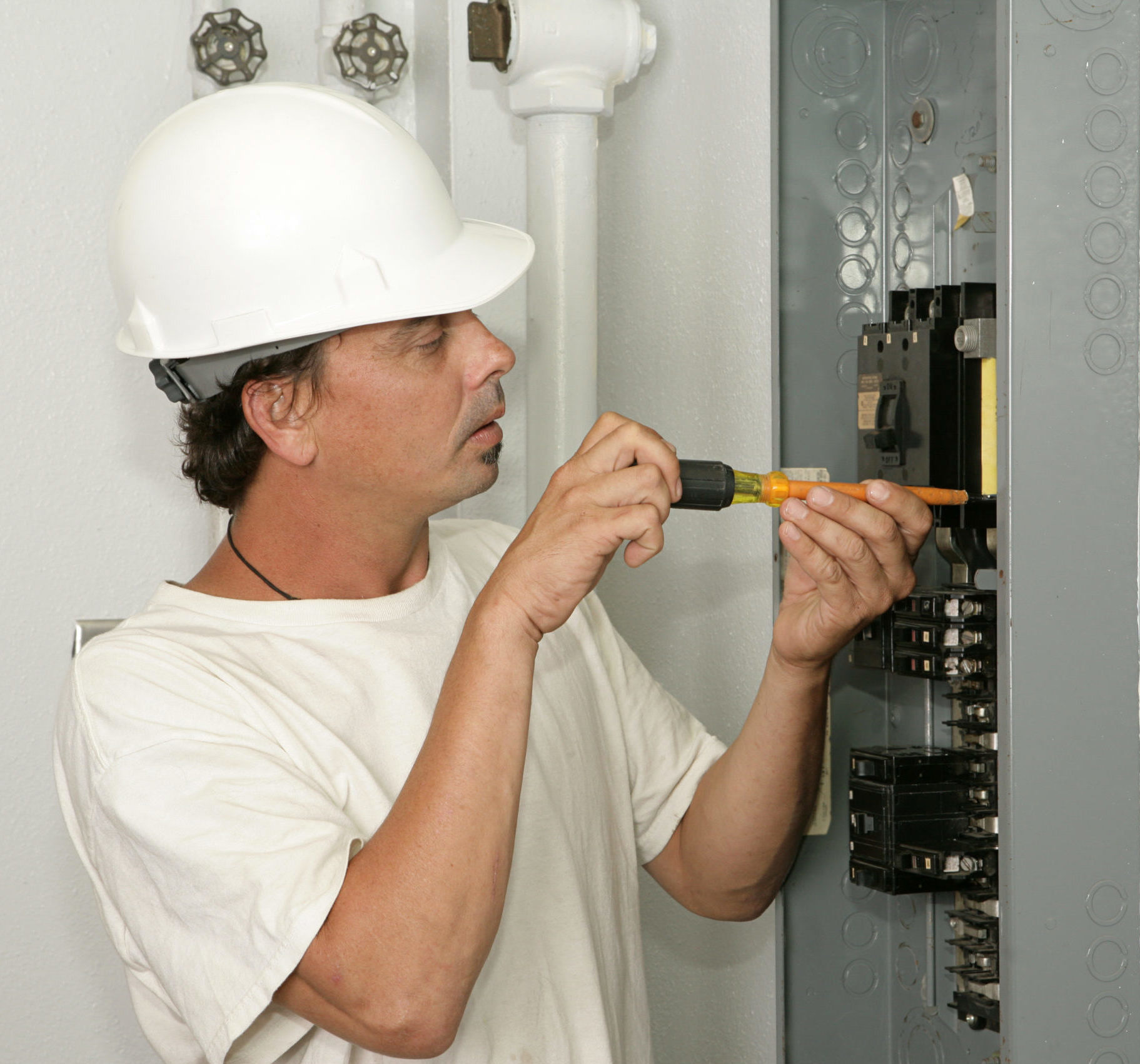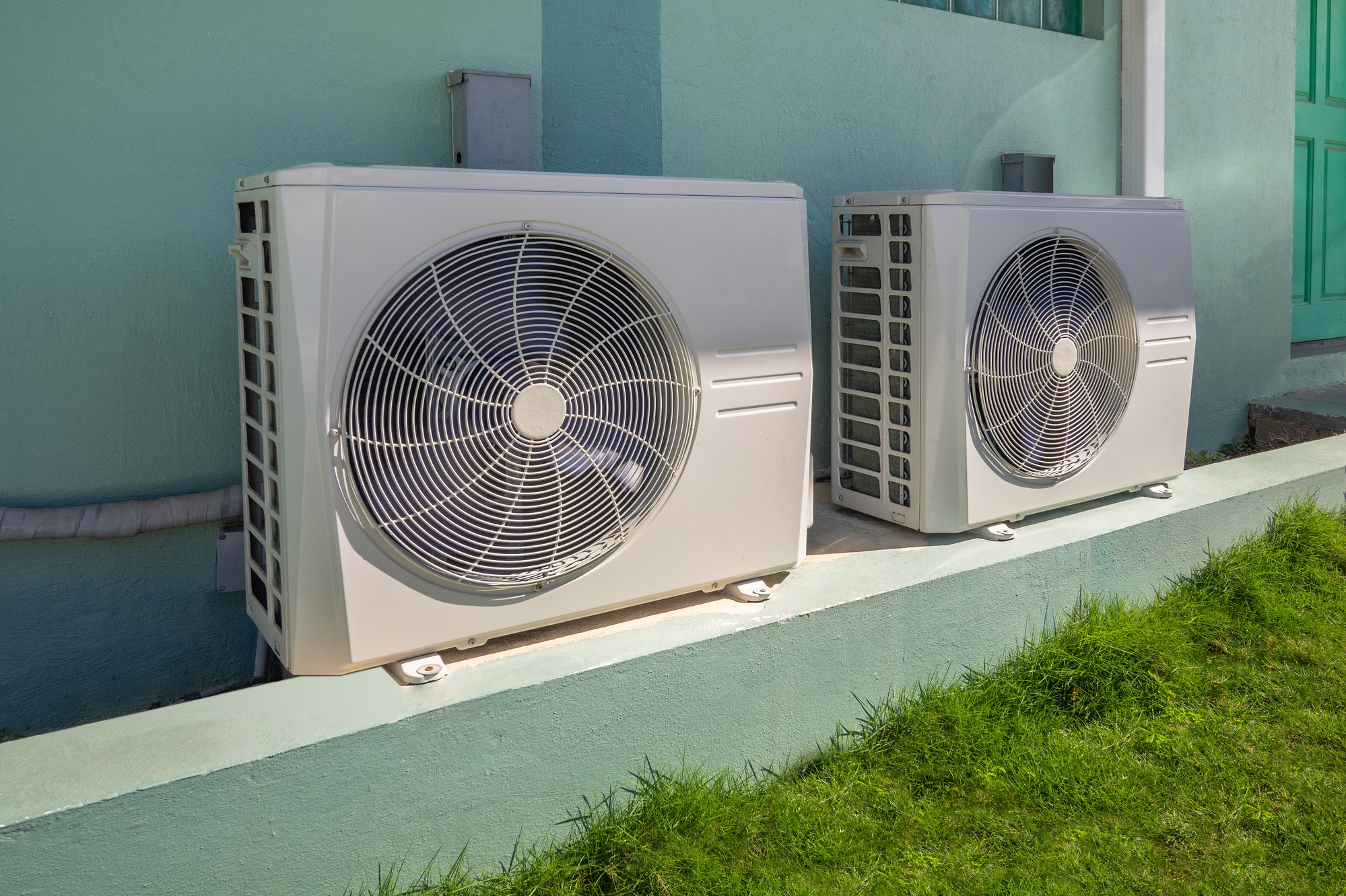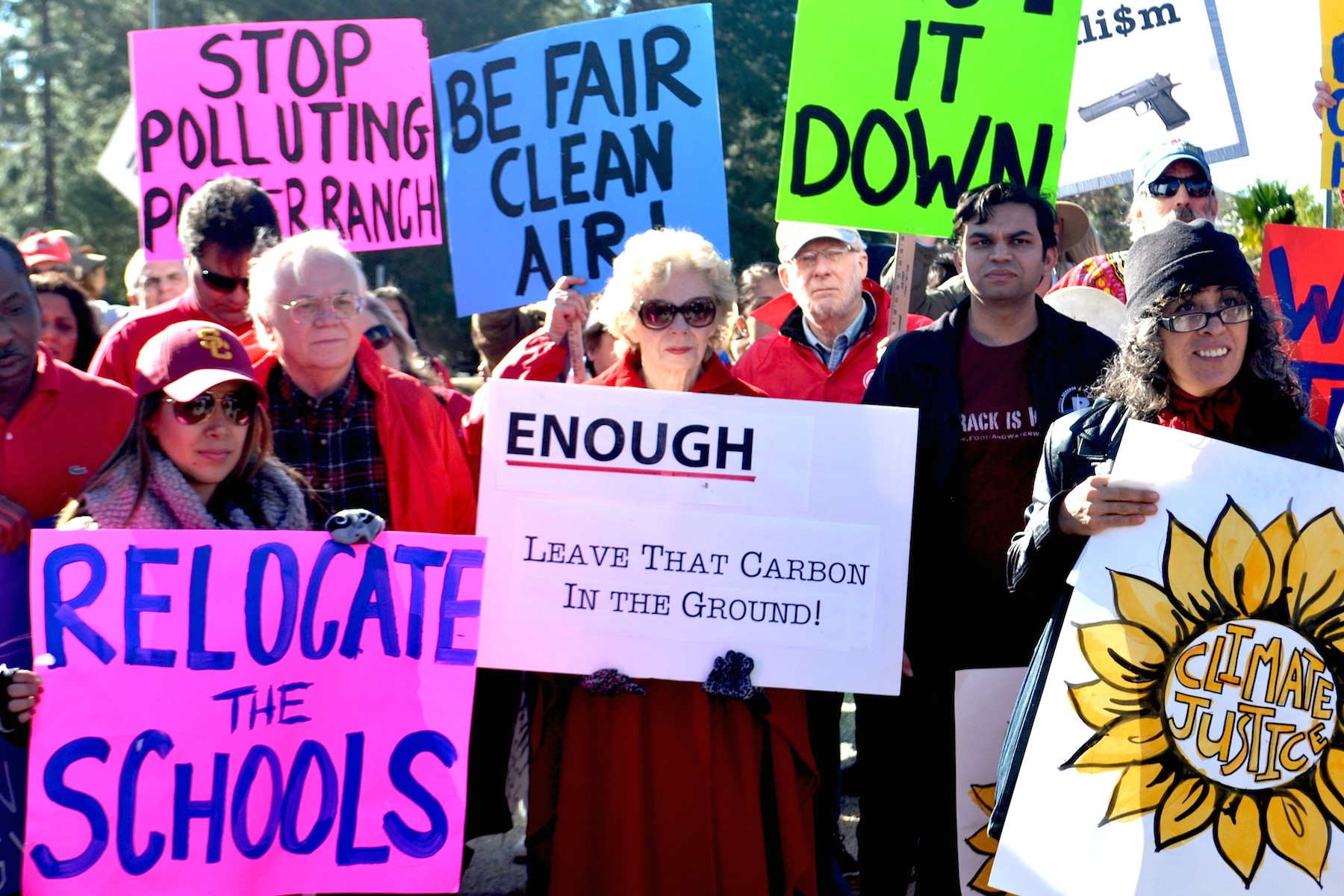By Hadley Tallackson, Policy Analyst, Energy Innovation Policy and Technology LLC
The climate crisis is looming larger in our everyday lives, and it can be overwhelming. Fortunately, there are lots of opportunities to make high-impact, climate-friendly decisions right in our homes. But do you ever feel like your individual purchases and actions are swimming upstream against a growing flood? Well, awareness and engagement in local policy efforts can amplify your individual impact and help make climate-friendly actions the norm in thousands of homes. Electrification is a terrific example.
Removing appliances and equipment that run on fossil fuels (mainly natural gas) and choosing all-electric, high-efficiency alternatives (known as electrification) can have huge energy savings and climate benefits in your home. This includes reducing harmful gas leaks from pipelines and home appliances that produce poor indoor air quality. For people looking to electrify their homes, local, state, and federal policies can make a huge difference. Smart policy decisions at all levels of government—from local to national—are helping make electrification technologies more affordable and more accessible to more households. By engaging manufacturers, suppliers, builders, and other contractors in meeting current and upcoming electrification codes, we expand electrification at a national level. By promoting incentives like grants, rebates, and tax breaks, we can enjoy the benefits for decades into the future.
Electrify for the climate, and your health

Home electrification refers to swapping out fossil-fuel energy systems in homes to equipment that runs on clean electricity generated from carbon-free resources as the grid relies on more renewable energy. While there are many electric appliances that help a home run smoothly and efficiently, there are a few key pieces of equipment for customers to make the switch to electric from fossil fuels.
Heat pumps offer highly efficient home heating solutions, cutting overall energy usage compared to a gas furnace. Because heat pumps move heat from outside to inside, or vice versa, energy is saved by not needing to burn fuel. Heat pumps serve as a two-in-one appliance: no separate air conditioning unit is needed! The same electric technology can be applied to hot water heaters and clothes dryers.
For cooking, induction stoves and cooktops are gaining attention for use in residential homes and high-end restaurants alike. These efficient all-electric stoves are quick to heat and offer precise temperature control while cooking.
On top of eliminating CO2 emissions, electrification also removes other indoor air pollution that comes with burning natural gas inside our homes, such as nitrogen oxides (NOx) and carbon monoxide. And, electric appliances are also the most energy efficient on the market. So, choosing to replace all the gas appliances in your home is a prime opportunity to protect both the climate and your health.
Markets for these electric technologies are growing to meet higher demand from individual homeowners. And vendors and installers are becoming more familiar with them. But it’s possible to take this climate-friendly trend to the next level.


Climate action (often) starts at the local level
Across the country, cities are laying a foundation for all-electric buildings that are safe for communities and the planet. Many are pursuing electrification through updates to their building codes,“reach codes”–local codes that are more progressive on energy efficiency and electrification than the ubiquitous International Energy Conservation Code (IECC)–and other statewide codes. More and more, localities are taking bold action to jumpstart electrification and prevent fossil fuel growth. For example:
- Berkeley, California became the first city in the country to require all-electric new buildings starting in 2020. Residents, local businesses, building designers and architects, and even the electric and gas utility PG&E supported the ordinance. Since this first-of-its-kind measure, momentum across the country has spread quickly.
- Last year, Ithaca made headlines when they voted to decarbonize all of the city’s buildings by 2030 via electrification. Backed by private investors, the city is blazing the trail by requiring electric retrofits in all sorts of existing buildings. Ithaca is also busting the myth that electrification won’t work in cold climates.
- San Diego’s City Council unanimously voted to for all-electric construction of any new buildings and to phase out 90 percent of natural gas from existing buildings over the next twelve years.
While some cities are hamstrung in their ability to electrify by state legislation that bans cities from adopting pro-electrification ordinances or codes, others are supported by favorable electrification policies at the state level.
“Porter Ranch, CA, USA” photo by Alan Weiner courtesy 350.org is licensed under CC BY-NC-SA 2.0 DEED.
“DC Council Budget Vote – Wellness Tax 44395” photo by Ted Eytan (croppped) is licensed under CC BY-SA 2.0 DEED.
More states are powering the electrification movement
States across the country are leading electrification efforts to meet their climate and clean-air goals. For each of the following states, a combination of community engagement, activism, and support from labor groups helped make these policy strides.
Massachusetts recently passed climate legislation that allows 10 municipalities to develop fossil-fuel-free building codes. Backing from 31 Massachusetts businesses and local activists helped get the bill across the finish line.
Colorado adopted a multifaceted approach to targeting building and home greenhouse gas emissions, passing four separate bills last year with strong support from labor groups. The state now offers incentives for customers to upgrade to electric appliances, and there are new requirements for utilities to achieve greenhouse gas reductions and energy-savings targets (including through reduced gas combustion in buildings) that set the stage for widespread electrification.
Illinois’s Climate and Equitable Jobs Act, propelled by the state’s leading environmental organizations and hundreds of community stakeholders, includes stretch building codes for electrification, strong commitments to equity, clean energy workforce development, transition and assistance programs, and consumer protections.
Federal action gets on board
Following leading states, this August the electrification movement reached a new milestone with landmark federal legislation. The Inflation Reduction Act, a climate and healthcare bill, creates new incentives that will make it cheaper than ever for developers, contractors, homeowners, and renters alike to electrify. A list of all applicable home electrification incentives from the IRA is provided by Rewiring America. The Rocky Mountain Institute estimates that IRA rebates could spark 2.4 million electrification upgrades, perhaps 1.2 million home energy retrofits, and up to 7.2 million heat pumps installed in homes.
This federal climate bill is a prime example of how policy action begins with local investment and involvement from community members interested in making a change, and moves up the chain of influence to impact national policy.
Electrifying local actions
While electrification policy has come a long way in a very short time, there is still much to be done. Local public support and awareness will remain vital for towns and cities that don’t yet have electrification ordinances, or where electric retrofits are not required.
Taking advantage of the new rebates and incentives offered in the IRA, and layering them with any available local, state, or utility incentives is a strong first step for individual homeowners. Then, sharing your electrification story with friends, community members, and importantly, decisionmakers can amplify any person’s individual impact and can help bring electrification benefits to more people.
Electrification guides can help with getting started, and they cover home retrofits and new construction. Smart building technologies can also help minimize the level of upgrades needed to support a higher electric load in your home. Automatic load shifting alternates when big power users, like heat pumps and EV charging, operate. Most impactful, get involved in your community’s path to an electrified future for a climate-stable planet.
We want to see the clean energy transition move faster, for ourselves and our neighbors. Staying informed and vocal on local building codes, state climate targets, and rebates for electric technologies that push climate policy forward. A climate-stable future is in our hands, only if we act together.










